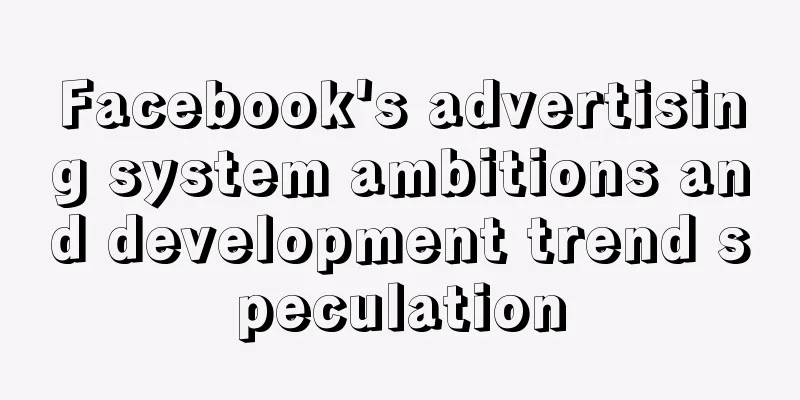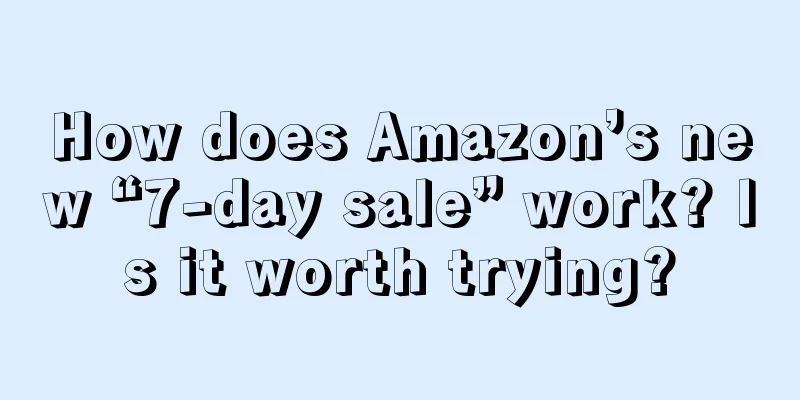guess:
Facebook found that Google's UAC is really good, with fool-proof delivery operations, which is especially suitable for developing small and medium-sized customers. Therefore, Facebook's goal is to develop in the direction of UAC, reduce operational difficulty, and enhance system self-learning.
change:
1. CBO, similar to UAC, budgets at the series level. Allocate the budget to the best performing material + target audience in the entire series.
2. Dynamic materials. Although the effect of dynamic materials is not very good at present, this is obviously moving towards the idea of UAC. Multiple pictures + copywriting can be combined by yourself, and the best performing combination can be selected for delivery.
How to serve:
If you follow UAC's thinking, in fact, Facebook's future advertising will also expect you to be indifferent to advertising. After setting up the ad, try not to adjust it again. Give the system budget and time in the first week to learn by itself. Wait for the system to learn the best combination + location + user group and automatically deliver it. Facebook also has the advantage of accumulating user data. After getting a new product, it can accurately provide customers with accurate user traffic in the early stage, and it will not be like Google UAC which took a week in the early stage.
On the operational level, a more appropriate combination may be to use CBO bidding in one campaign, with about 3-4 adsets, set non-overlapping audiences, and come up with corresponding matching material combinations for this audience. Try to select automatic ad positions, set dynamic materials in each adset, and there may be 2-3 dynamic materials. When considering the material + copy here, try to make sure that each copy + picture can be combined without being incoherent.
Differences:
I haven’t tried UAC’s adgroup yet, but I feel like it might be similar to operating adset in the future.
However, the difference between adset and adgroup is that multiple combinations of ads can be set in adset, and adset can set different bids for different groups of people, while UAC is at the series level and cannot set group + bid.
I guess that in the future, small and medium-sized customers who are engaged in Facebook advertising may only need to maintain a small number of campaigns, and will not need to update creative bids very often. Big customers continue to make various efforts, constantly optimizing the crowd + creativity to obtain more traffic.
For Facebook, after the threshold is lowered, the number of customers may increase, the competition may become fiercer, and ecpm may increase, but the conversion rate at the customer level will increase after machine learning, and the overall cost will not increase too much.

